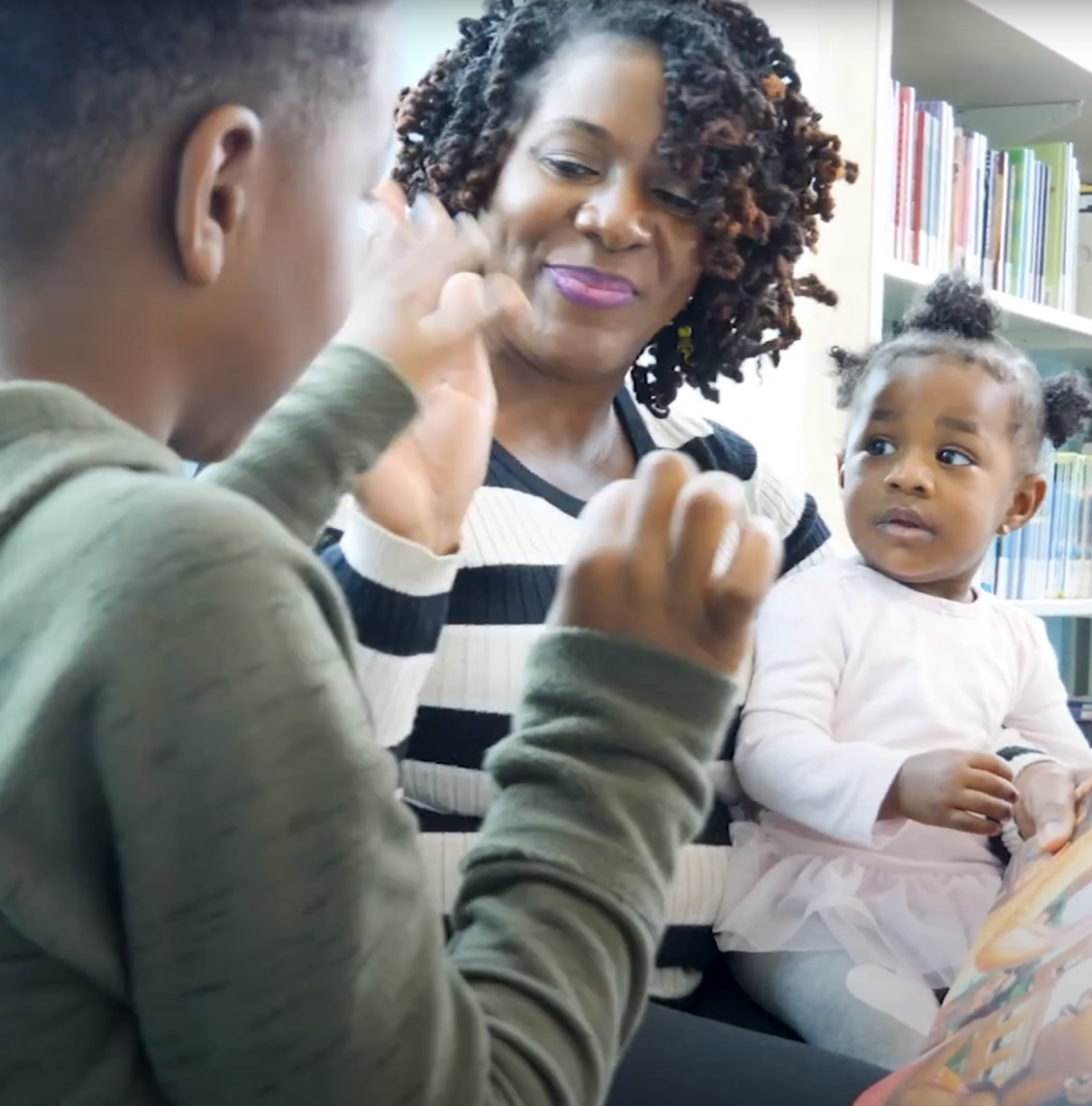If you’ve ever attended a fundraising gala or benefit dinner, you’ve probably seen the difference between a good event and a great one. It’s not always about the food, the decor, or even the entertainment—it’s about the emotional connection.
That connection is where storytelling shines. When done well, a powerful story can transform an event from a series of speeches and asks into a shared, unforgettable experience that motivates people to give generously.
Storytelling in Action: The Delta Gamma Center Shining Light Gala
One of the clearest examples of storytelling making a measurable difference happened at the Delta Gamma Center’s Shining Light Gala, where I had the privilege of creating a short video that played during the event.
The video featured one of their graduates—a remarkable young man named Josh who, after participating in Delta Gamma Center’s programs, went on to play Blind Hockey for Team USA. More than just a profile piece, the video captured the real impact of their mission. It showed how their support helped shape his confidence, independence, and self-belief.
But the video didn’t just tell the story through Josh’s eyes. It also featured his parents, whose visible and audible emotions brought an even deeper level of authenticity. You could see how much this journey meant to them, and you could hear it in their voices. That combination—engaging both sight and sound—created a powerful emotional resonance with the audience.
Thanks, neuroscience: we’re hardwired to feel more deeply when multiple senses are engaged. The result? Viewers weren’t just observing the story—they were experiencing it.
That night, Delta Gamma Center raised $295,000. The story mattered.
Why Storytelling Works
People don’t give to statistics—they give to people.
When you tell a story that highlights the real human impact of your mission:
- You show the transformation your organization makes possible
- You create an emotional connection with your audience
- You inspire action by making the cause personal
It’s not about tugging on heartstrings for the sake of it—it’s about making your mission real and relatable.
Tips for Using Storytelling at Your Next Fundraising Event
1. Focus on One Person’s Story
Keep it simple and personal. Choose one individual whose journey captures the broader impact of your work. This helps ground your message in a real-life example that feels authentic and powerful.
2. Show the Before and After
Transformation is key. Let your audience see where someone started and where they are now—with your organization as the catalyst. This helps donors visualize the difference their support makes.
3. Use High-Quality Visuals
Whether it’s video, photos, or a well-designed slideshow, how you present the story matters. Invest in quality—it’s worth it.
4. Don’t Overlook the Power of Great Audio
Crystal-clear audio is often the unsung hero of impactful storytelling. Whether it’s someone sharing their experience on camera or a voiceover bringing narrative structure to your piece, poor audio can be distracting and make a story feel less polished. Use professional microphones, minimize background noise, and ensure your message is heard clearly and cleanly.
5. Include Multiple Voices When Possible
Hearing a parent’s pride or a caregiver’s relief can be just as powerful as the story’s main subject. The emotional weight of multiple perspectives builds credibility and depth. It allows viewers to connect from different angles—emotionally, empathetically, even personally.
6. Tie the Story Back to Your Mission
Wrap the story into a clear ask. Help your audience connect the dots between the impact they just saw and the donations you’re asking for.
Final Thoughts
The night of the Delta Gamma Center gala, the audience wasn’t just watching a video—they were feeling the mission come to life. That’s the power of storytelling.
When people see and hear the real-world impact of their generosity, they’re far more likely to give—and give big. If you want your next fundraising event to hit home and exceed goals, don’t just tell them what you do—show them who you help, and how it changes lives.
Because the best fundraising doesn’t just ask for money—it tells a story worth investing in.





